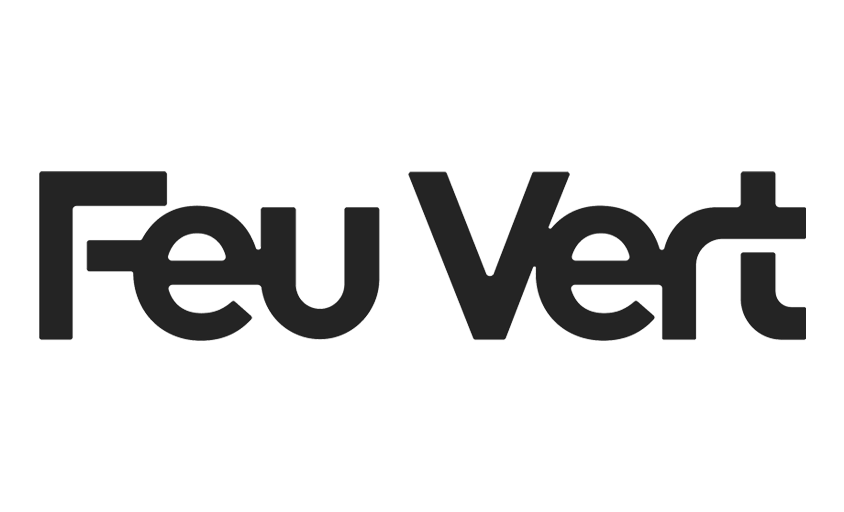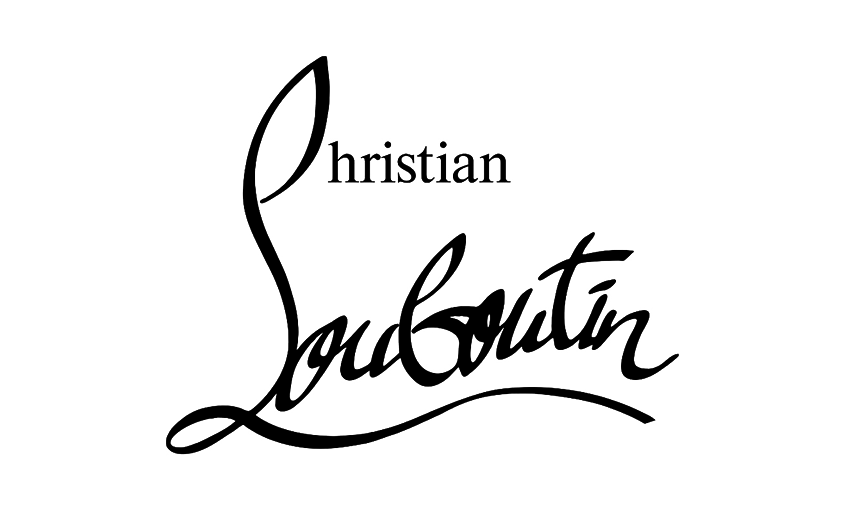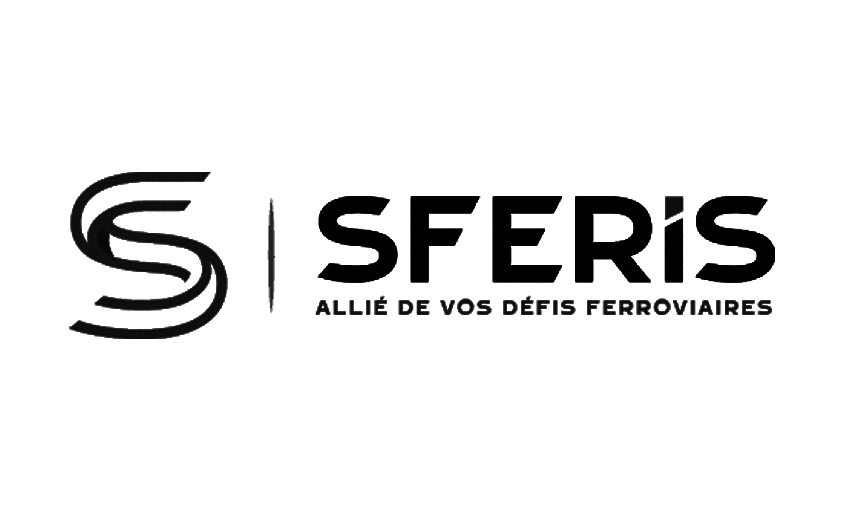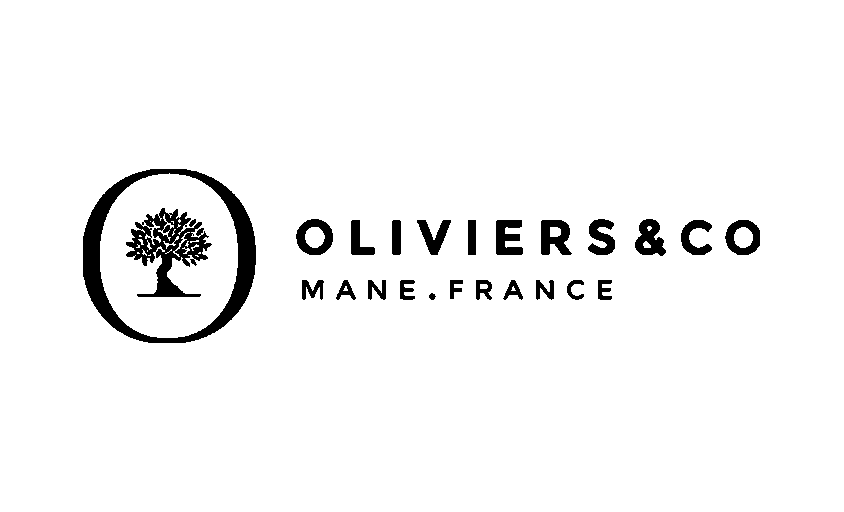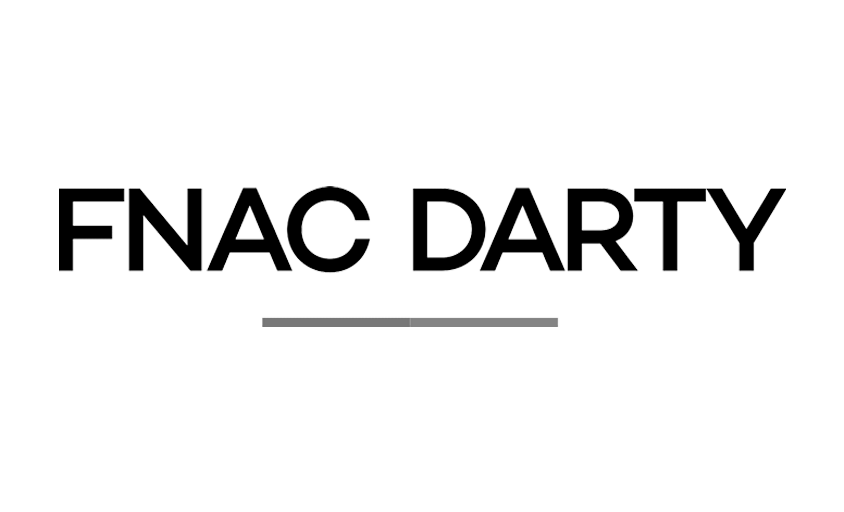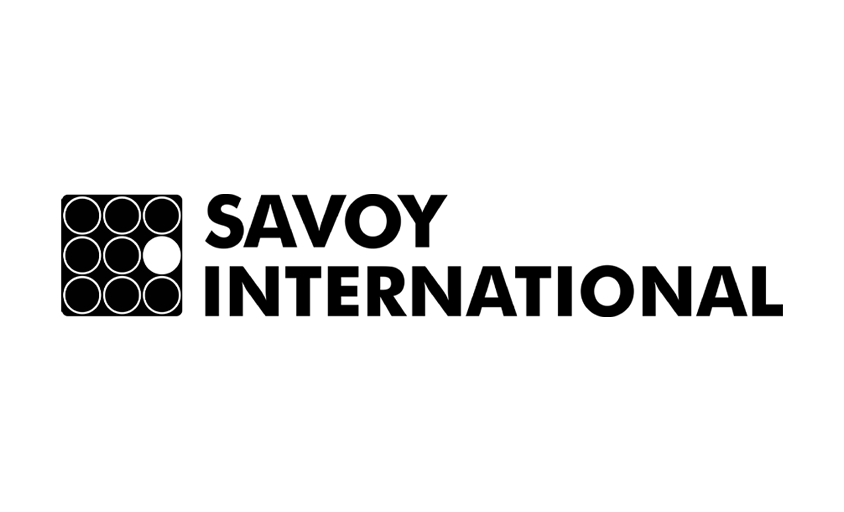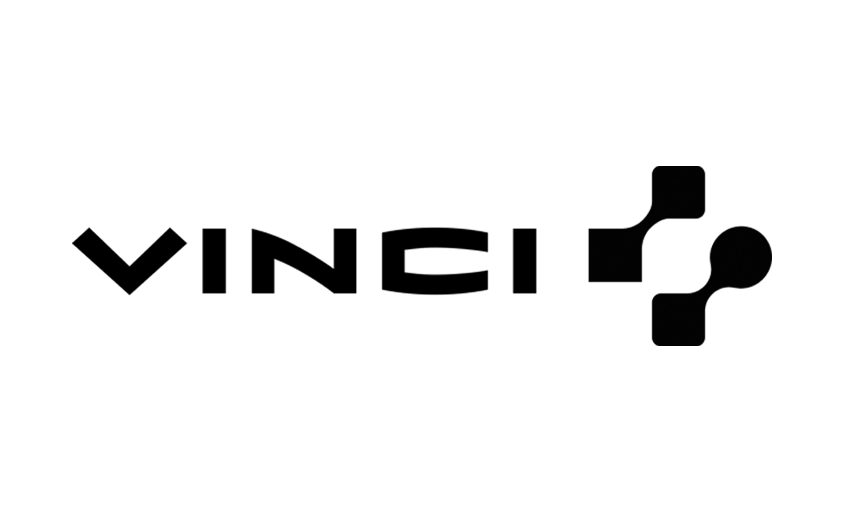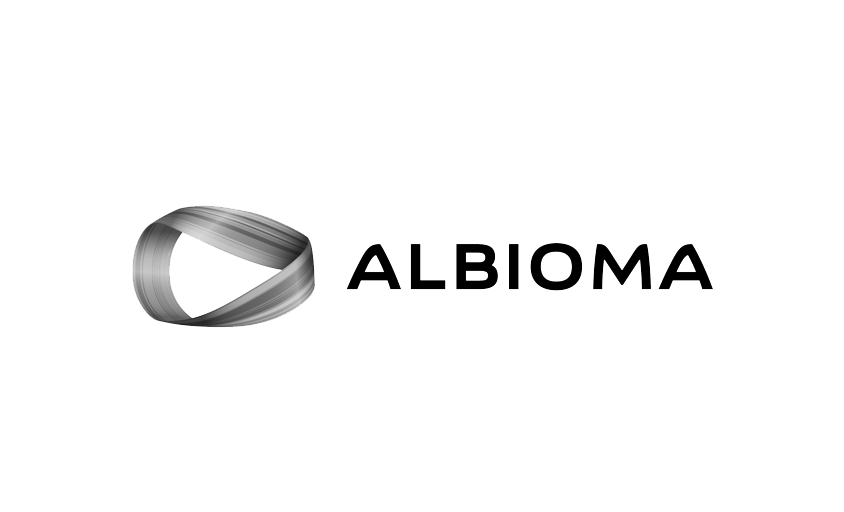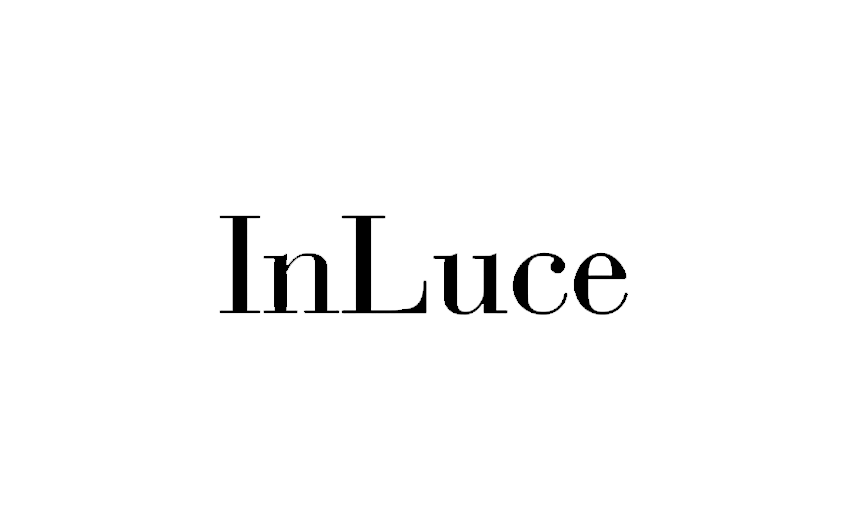Product Photography: Everything You Need to Know
In this article :
In today’s digital-driven commercial landscape, product photography has emerged as a cornerstone of successful brand strategies. For businesses aiming to stand out in a saturated market, the art of product photography is an absolute necessity, transforming product presentation into a powerful statement of intent. At Rétines, we specialize in this field, leveraging our expertise to faithfully and elegantly capture products, ensuring maximum impact in our digital world.
Product photography goes beyond the mere necessity of showcasing an object; it has become a key strategy for e-commerce catalog development, essential for capturing consumer attention and crucial for strengthening brand image.
In this article, we will delve into the critical importance of product photography, exploring how it shapes the rise of e-commerce catalogs, captures consumer attention in an endless stream of information, and solidifies brand image through flawless visual presentation.
The Fundamentals of Product Photography
Product photography is a delicate art that requires not only strong technical skills but also a deep understanding of what the product represents and how it should be perceived by the target audience. If you’d like, we can explain (simply) how to take great product photos here. The images must be true to life, offering flawless quality that holds up even under the most demanding zooms. This requires special attention to lighting, composition, and detail, ensuring that each photo conveys the product’s quality and appeal. The visual presentation must not only be captivating but also informative, allowing consumers to get a clear and accurate idea of the product before making a purchase.
Product Photography Sectors and Specialties
In the world of product photography, each specialized sector requires a distinct approach to highlight the unique features of the products. At Rétines, our expertise spans across a wide range of these sectors, allowing us to capture the essence and value of products through striking visuals.
- Fashion and Textiles
Photography in the fashion and textile industry focuses on aesthetics, style, and fabric details. Images must convey texture, color, and design, capturing the spirit of the collection and the brand identity. The goal is to inspire consumers with the desire to wear the pieces by showcasing their beauty and functionality. - Leather Goods
The leather goods sector, with its finely crafted products, requires photography that highlights the quality of the leather, the precision of the stitching, and the detailed finishes. Images should reflect the luxury and durability of the items, emphasizing their design and timeless elegance. - Luxury Products
Luxury product photography goes beyond simply presenting an item. It aims to capture the exclusivity, sophistication, and prestige associated with these products. Whether for high-end jewelry, luxury watches, or premium accessories, visuals should evoke desire and admiration, showcasing exceptional craftsmanship and rare materials. - Cosmetics
In the cosmetics sector, photography must reveal texture, color richness, and the effect on the skin. Images aim to show the effectiveness and benefits of the products, creating an emotional connection with the consumer through the promise of beauty and well-being. - Sports
Photography of sports and leisure products is designed to communicate the energy, performance, and enjoyment associated with their use. Images often capture products in action, emphasizing durability, comfort, and how they enhance the sports or leisure experience. - Automotive
Automotive product photography is distinguished by its ability to capture the power, elegance, and performance of vehicles. The images highlight design, curves, and unique features of each model, often placing them in environments that underscore their prestige and dynamism. - Wine and Spirits
Photography in this sector aims to express the quality, origin, and tradition behind wines and spirits. Through evocative scenes, the visuals convey the flavors, aromas, and unique tasting experience, highlighting the heritage and authenticity of each bottle. - Fragrances
Capturing the essence of a fragrance through an image is a particular challenge. Photography must evoke olfactory notes and the emotion the scent inspires. Visuals should reflect the elegance, sensuality, and distinct character of the perfumes, emphasizing the bottle’s design and brand identity. - Industrial
Industrial photography focuses on the functionality, innovation, and robustness of products. The images clearly communicate the benefits and applications of industrial equipment, often showing them in use to demonstrate their efficiency and added value for professionals. - Hi-Tech Products
The tech sector requires visuals that highlight innovation, modern design, and advanced technical features. Photography should spark interest and curiosity, presenting gadgets and technological devices as essential parts of everyday life. - Medical
Medical product photography must convey precision, safety, and efficiency. These images are crucial for illustrating how the products contribute to health and well-being, instilling trust in both healthcare professionals and patients. - FMCG (Fast-Moving Consumer Goods)
In the world of consumer goods, photography needs to capture appeal, practicality, and product quality. The images aim to encourage impulse buying by clearly and attractively showcasing features and benefits.
At Rétines, our ability to navigate these specialized sectors with expertise and creativity allows us to produce visuals that not only present products in their best light but also tell their story, enhancing their market presence.
How Does a Product Photoshoot Work?
A product photoshoot is a complex and structured process that requires careful planning and precise execution to ensure the final images meet expectations in terms of quality and marketing effectiveness. Here are the key steps, from project initiation to image delivery and use:
- Creative Brief Development
A creative brief is written to provide the production team with all necessary information. It outlines the desired image style, the number of products to be photographed, technical specifications, viewing angles, mood, intended image usage (e-commerce, social media, print, etc.), as well as deadlines and budget. Legal considerations, such as compliance with laws like the Evin Law (for alcohol advertising), are also taken into account. - Production and Logistics
This phase involves preparing and organizing the logistics of the shoot. It includes selecting the shooting location, preparing the products (cleaning, assembling), choosing props and backgrounds, and planning the required resources (camera equipment, lighting, etc.). - Booking
This step involves securing dates and hiring the necessary personnel for the shoot. This can include photographers, assistants, stylists, makeup artists, and models. Selecting the right professionals is essential to ensure high-quality images. - Photoshoot
This is the core of the process. Under the photographer’s direction, each product is carefully staged and photographed according to the brief. Multiple shots may be taken to capture different angles and details of each item. - Retouching
After the shoot, the selected images go through a retouching phase. This step focuses on perfecting the photos by adjusting exposure, color balance, and removing any imperfections. Retouching must be done carefully to maintain the product’s authenticity while enhancing its appearance. - Export and Image Delivery
Once retouched, the images are exported in the required formats and resolutions for their various intended use. They are then delivered to the client, ready to be used in marketing campaigns, on e-commerce sites, social media, catalogs, or other communication platforms. - Transfer of Rights
When the images are delivered, it is crucial to ensure their use is governed by a clear agreement on the transfer of rights. In product photography, the copyright legally belongs to the photographer, unless otherwise specified. The company may therefore be granted a usage right, which can vary in scope: duration, territory, media of distribution, etc. At Rétines, we carefully define these conditions in advance so that the use of visuals (e-commerce, advertising, social media, print, etc.) perfectly fits your objectives, with no legal surprises. - Archiving and Feedback
Finally, it is recommended to archive the produced images for future use and collect feedback on the shoot. This helps assess the project’s success and identify areas for improvement in future photoshoots.
Each of these steps is essential to the success of a product photoshoot. At Rétines, we pay close attention to every detail, from the initial planning to the final delivery, ensuring visuals that both captivate and convert.
Conclusion
In a world where visuals reign supreme, product photography plays a vital role in promoting and selling products. By capturing the essence and features of products in an appealing way, it allows businesses to stand out in a competitive market and achieve their commercial goals.
At Rétines, we understand how crucial product photography is for your business. Get in touch with us to discuss your needs and discover how we can help you make the most of your visual communication.
Jérémy Carlo is the editorial director at Rétines, where he ensures the consistency and clarity of all content produced by the studio.
Our Clients
Let’s discuss
What we do for you at Rétines
Meticulous work, an organised project and fast delivery. And to achieve this, we mobilise the right resources in our teams at the right time.
01
Pre-production
Artistic and technical direction tailored to the project.
Relevant recommendations on content, form and resources.
02
Photo Shooting
Photos taken by our experienced photographers.
Production that’s controlled, efficient and tailored to the needs of the project, with nothing superfluous.
03
Retouching
Technique
Photographs magnified by our retouching team.
Post-production to meet the commercial challenges of the brief.

